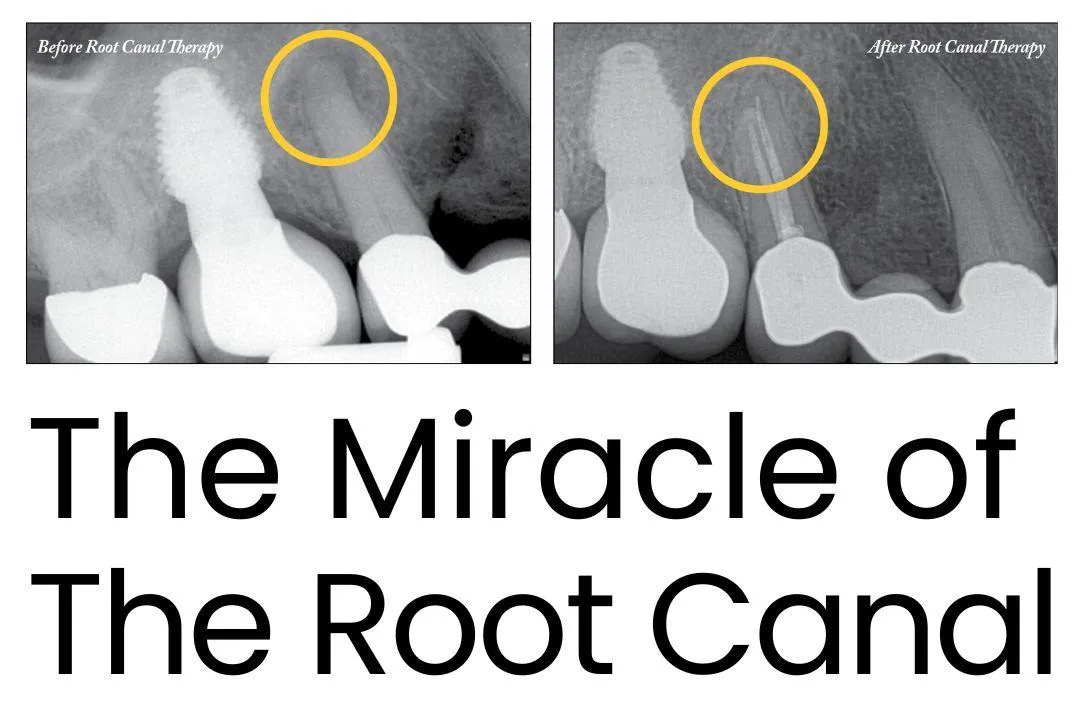

JULY & AUGUST 2024 ISSUE

Cover Story
Experience the Rewards of a Summer Bucket List
Community & Culture
Letter from the Editor
Mayor’s Message
Trailblazer Nation
Start on Your Path to a Stable Career
Navigating Real Estate in the Age of the Internet
The Health Benefits of Resort Living: Why Resort Residences Are the Ultimate Wellness Retreat
Utah Tech University Debuting the State’s Most Affordable Online Master of Healthcare Administration Program
Creative Wigs and Hair Replacement Now Celebrating Sixty Years of Service
It Takes Little to Be a Big
Carsen Cooper: Lessons I Learned at Boy’s Nation
Health & Fitness
Flex-Time: Trish Schlegel Is Ageless Bodybuilder
Walk Your Way to a Longer, Healthier Life
Getting the Most from Outdoor Adventures
Menopause and Obesity: a Real Phenomenon
Riding on the Wind
Dave’s Story: Stroke Symptoms Aren’t Always Typical
The American Apple
Ease the Ache: Arthritis Care and Advice from Vista Healthcare
Alternative Holistic Care for Horses
Preventive Dental Care Will Help You Live Your Best Life
Utah’s Swell: Utah Is Great, but It Is Also Home to the San Rafael Swell
Four Considerations for Effective Tax Planning in Retirement
A Look at Self-Guided In-Home Health Tests
Empower Yourself with Nutrition Know-How
Four Tips for Summer Water Safety

Mind & Body
Experience the Rewards of a Summer Bucket List
The Mental Health Benefits of Exercise for Older Adults
The Profound Relationship between Our Physical and Emotional Health
Nurtured by Nature: Interacting with Nature Benefits the Body and Mind
Change Your Words, Change Your Life
Set Your Sights Higher with a Vision Board
What Type of Ketamine Is Right for You?
Relationships & Family
Have You Lost That Loving Feeling?
Encounter on Santa Clara Boulevard
Who Am I? A Map to Self-Discovery
Make a Positive Impact by Planting a Tree

Current Articles

The Miracle of the Root Canal
I’m not sure that anything strikes more fear in the heart of a dental patient than root canal therapy. But very few dental procedures have such an immediate positive impact on a person's life as this one does. Someone comes into my office with pain caused by a severe infection, and they walk out with the infection drained, the pressure relieved, and the source of the abscess eliminated.
I became a dentist because I knew that I could make people’s lives better through the care I provided. I see this take place nearly every day in my practice as I treat patients with toothaches. If you’ve ever had one, you know how debilitating it can be. I feel great satisfaction helping these folks get out of pain and on with their lives.
A tooth is a living part of your body. It receives nutrients and oxygen through blood vessels that travel from the bone and up through the roots to the center of the tooth in an intricate system of canals. Decay or other traumas can cause these vessels to die. Once they die, they can rot, and if that rot (or necrosis) reaches the bone, it will cause an abscess. The abscess causes inflammation in the bone, which is the source of the throbbing pain.
In order to treat the abscessed tooth, we have to access that canal system and clean the necrotic tissue out of it. This is called root canal therapy (RCT). I will usually perform RCT in two visits. On the first visit, I will clean out the canals and inject calcium hydroxide (Ca(OH)2) into the space. Calcium stimulates the bone to heal and is naturally very alkaline. The high pH kills the bacteria that are causing the infection. After a few weeks, I’ll remove the Ca(OH)2 and seal the canals with an organic rubber called gutta-percha.
The really amazing thing about RCT is that the infection is removed, but the tooth structure remains intact. This means that the support apparatus for the tooth, including the roots and the periodontal ligament, are maintained. In other words, the pain is gone, but the pressure and positioning sensation of the tooth are unchanged. The tooth still feels and functions like a normal tooth. Properly restored, these teeth can last years and even decades.
In a recent study club, we discussed a relatively new movement in dentistry where patients are encouraged to have their asymptomatic root-canaled teeth extracted and replaced with ceramic implants. These providers use deceptive marketing tactics and half-truths to instill fear. Some even tell their patients that their root-canaled teeth will cause cancer. Such claims lack any research-based evidence.
With this article, I’ve included two radiographs of a patient I treated recently. In the first image, note the dark area around the tip of the root. This is a bone infection or an abscess. The second radiograph shows the same tooth a year later, following RCT. Notice that the dark area is gone. The abscess has resolved, and the bone around the tooth is now perfectly healthy. Fifteen million RCTs are performed every year in the United States alone. With an average success rate of 85 to 95 percent, it’s a procedure in which we can have confidence.
RCT is really incredible, and I’m grateful to those who were smart enough to figure it out and to those who continue to innovate making the procedure easier to perform and more comfortable to endure. My intention with this article isn’t to have you run to your dentist and ask to have RCT performed on all your teeth, but hopefully, I’ve been able to improve the procedure’s reputation and present it as a great alternative to tooth extraction.
Plumb Dental offers general dentistry for the entire family, including preventative care, root canals, implant restoration, cosmetic work—even whole smile makeovers. To schedule an appointment, call (435) 673-9606 or visit our website at plumbdental.com.




